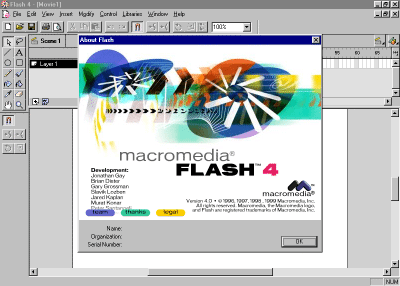Why do we hold on to our old ways of working?
Technology comes and goes. Why do we still use GitFlow, but not Windows Mobile? Why did we stop using 5.25" floppies, but never fully adopted static analysis?

Who cares if we use GitFlow?
GitFlow vs Trunk-Based Development is like Coke vs. Pepsi, right? Not really.
Implementing Continuous Delivery in Reverse - ATVIE22
If you heard about Continuous Delivery you might find it sounds great, but you are not ready for it because [insert excuse here].
Subscribe to the Daily Commit
Every day I write about improving software delivery at small companies like yours. Don't miss out! I will respect your inbox, and honor my privacy policy.Unsure? Browse the archive.
The Technologist Podcast #4: Continuous Delivery, DevOps, Go
Coach Denis interviews me about my mission to bring enterprise-class software delivery to small teams with small budgets.
Tiny DevOps episode #43 Jason Adam — A conversation about trunk-based development
Jason Adam is a software developer with a non-traditional background in biology, business development, and data analytics. Now he's active as a developer, and on the lookout for proven practices he can introduce to his team. On this episode we talk about Trunk-Based Development, and the related topics of continuous integration and deployment, infrastruture as code, and much more.

Long-lived branches discourage refactoring
Every refactoring tends to entangle all the other functional changes together, which makes it even harder to advance changes to the production branch.

Why continuous deployment is better for emergencies
Multi-stage software delivery means no hotfixes, or lots of extra work.

New hires means more overhead
Lines of communication go up as team size increases, but that's not all. Consider merge conflicts.

Can we use a staging environment with trunk-based development?
Push to your staging branch as needed, but don't make it a mandatory step toward production.





